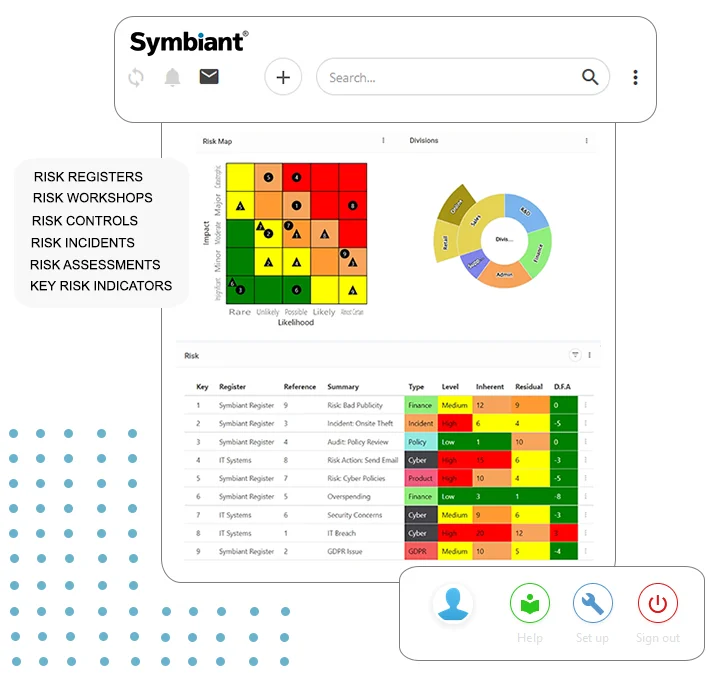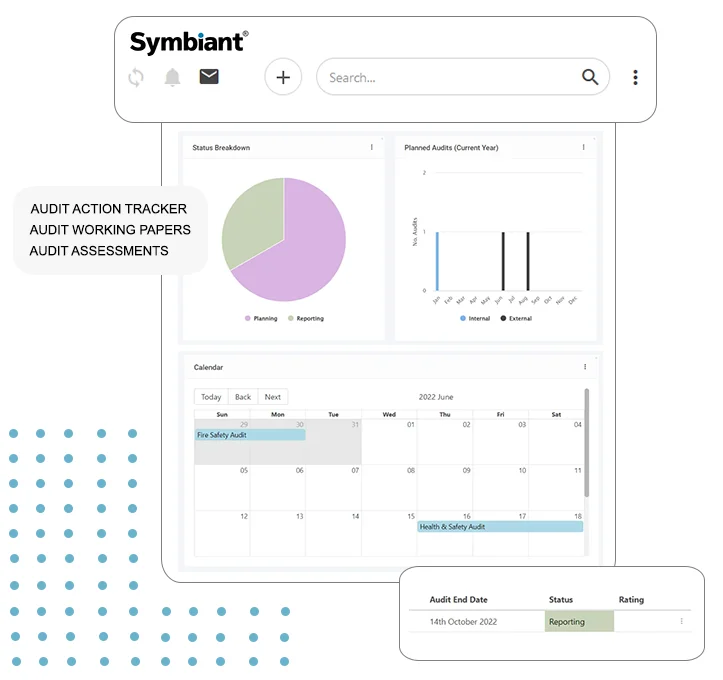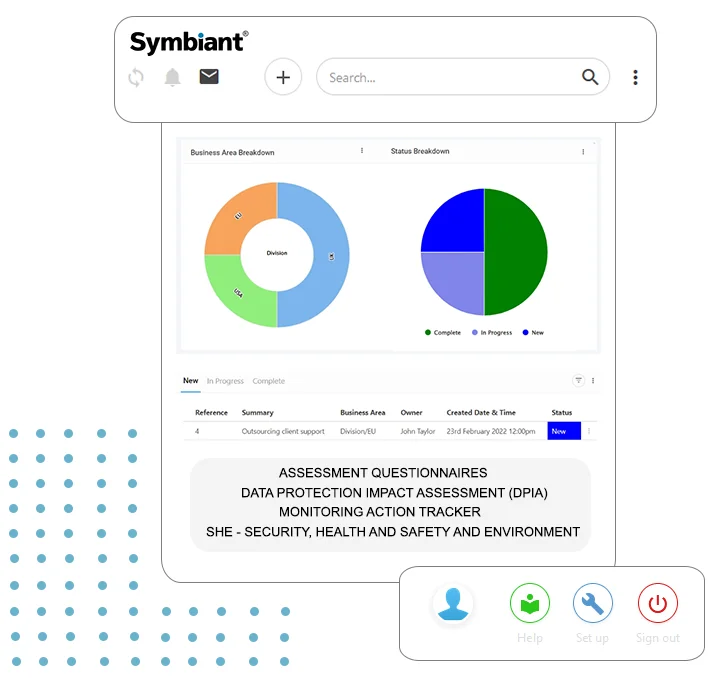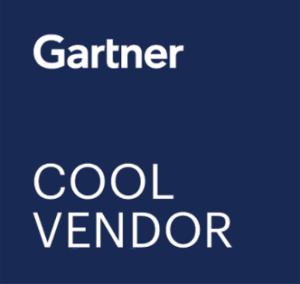What is audit management software?
Audit software helps auditors plan, execute, report and follow up the company audits and actions. A dedicated solution can save a lot of time for audit teams and make them more effective by automating much of the auditing process and sending email notices. Good audit software should include the ability to generate corrective and preventive actions and give ownership of the activities, including sending notifications and reminder emails. This article will outline 8 Factors to Consider when Choosing Audit Management Software. See the overview videos for what you should expect from your audit management software videos.
Important Factors to Consider
Budget
A significant consideration should be price. Paying more does not mean getting a better solution; far from it. Many solutions are overpriced, and some offer you very little once you get passed the glitz. Or they are so over-engineered that they are hard to work with and not fit for purpose because the design is poorly thought out and relies on the vendors giving a slick demonstration to make the sale. To make this point, Symbiant is used by the ACCA and professional auditing firms and is the only software to have ever been endorsed by the Institute of Chartered Accountants in England and Wales and costs as little as £300 per month. See our client’s testimonials.
Training and support
Support should be free, and a good solution should be intuitive and easy to use, meaning training and support should be minimal and something the vendor can give you. Often, companies who charge for training will have a highly complex solution.
Development
Find a company that develops its own software; if a company outsources the development, the software will probably be buggy, poorly maintained and lack helpful features. It could also suggest the vendor is using the software to sell a service such as training which would indicate the software’s designed to meet the vendor’s needs rather than yours.
Easy to use
A good audit management solution should be scalable, comprehensive and easy to use. Easy to use means quick to embed. As you will ask people to update tasks and actions, they need to use the solution intuitively without asking how.
Customisation
Another significant factor is to get an audit management software solution you can easily customise. You have your own terminology and way of working; for the solution to work and get embedded, it’s essential to match the way you currently work and then let you roll out new features when you are ready.
Licensing
Some licensing models restrict the number of concurrent logins and how many users can use the system simultaneously. Its imperative users can log in when they need to; otherwise, the moment will pass, and they have the perfect excuse as to why they couldn’t update their tasks. Consider a more flexible licensing model, such as active seats, allowing all active users to log in.
Risk and Compliance
Auditors are there to police a business, to ensure things are working correctly and the company complies with all regulations and certifications. A solution that allows other departments to manage their activities and then makes that information readily available to the audit team makes the audit process more streamlined. Consider a solution that meets your current and potential needs for the next five years.
Reporting
Make sure you have a comprehensive reporting suite that you can customise to your needs. The reports need to make sense to you and be supplied to the management in a style they expect and require. A good solution should have a vast selection of pre-made reports that you can customise and allow you to create your custom reports.
Booking a demonstration: Symbiants Audit Management Software does all the above and much more. Book a free demonstration to find out more.
Another fascinating read is how to find the best risk management software.








